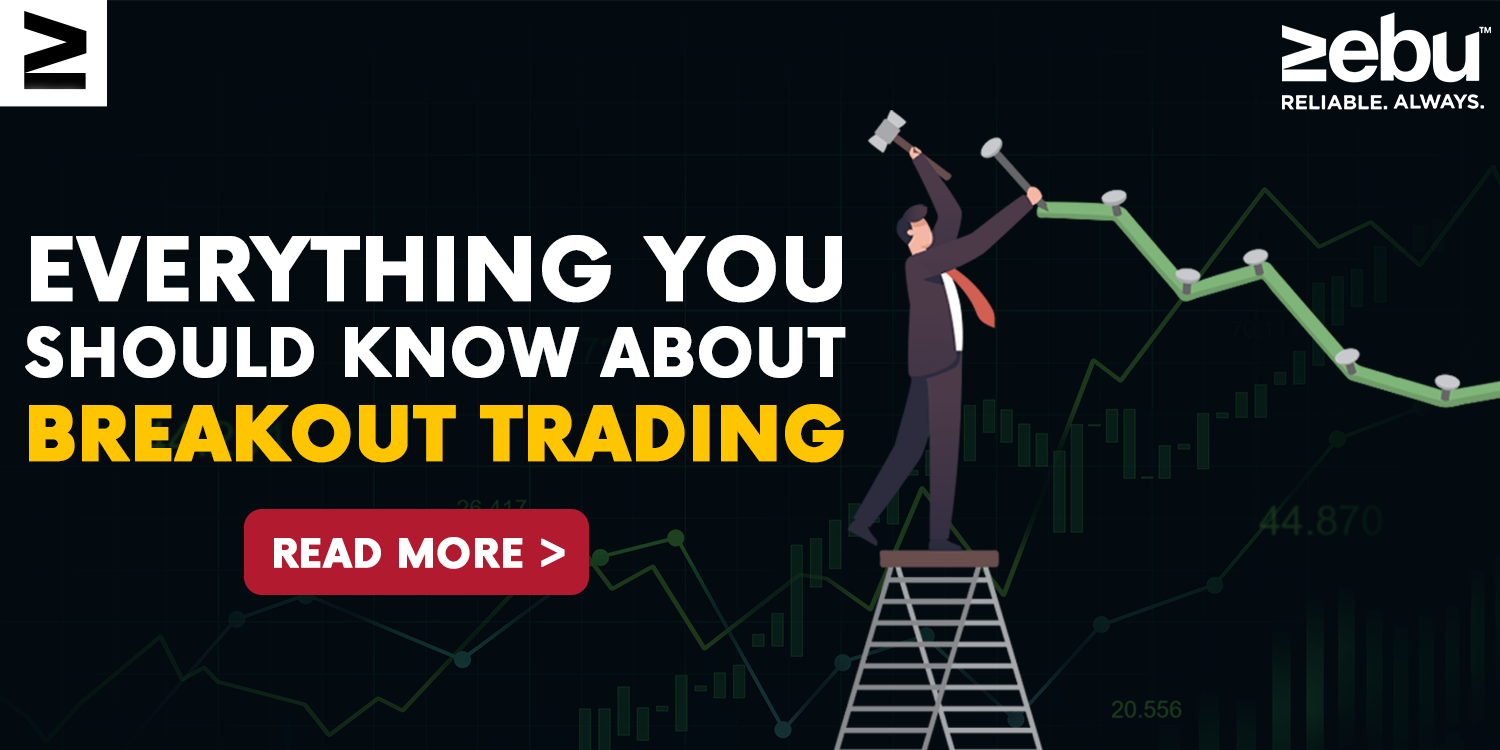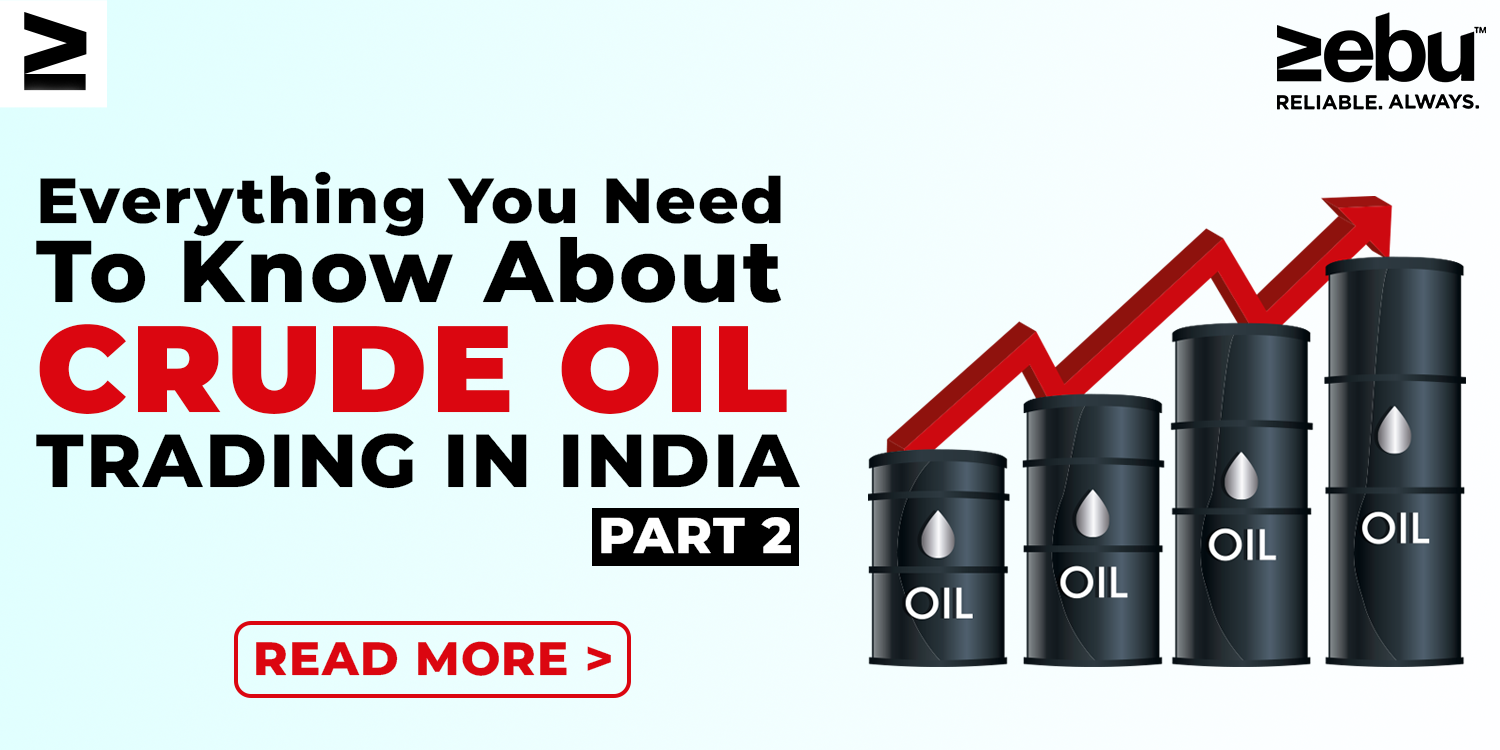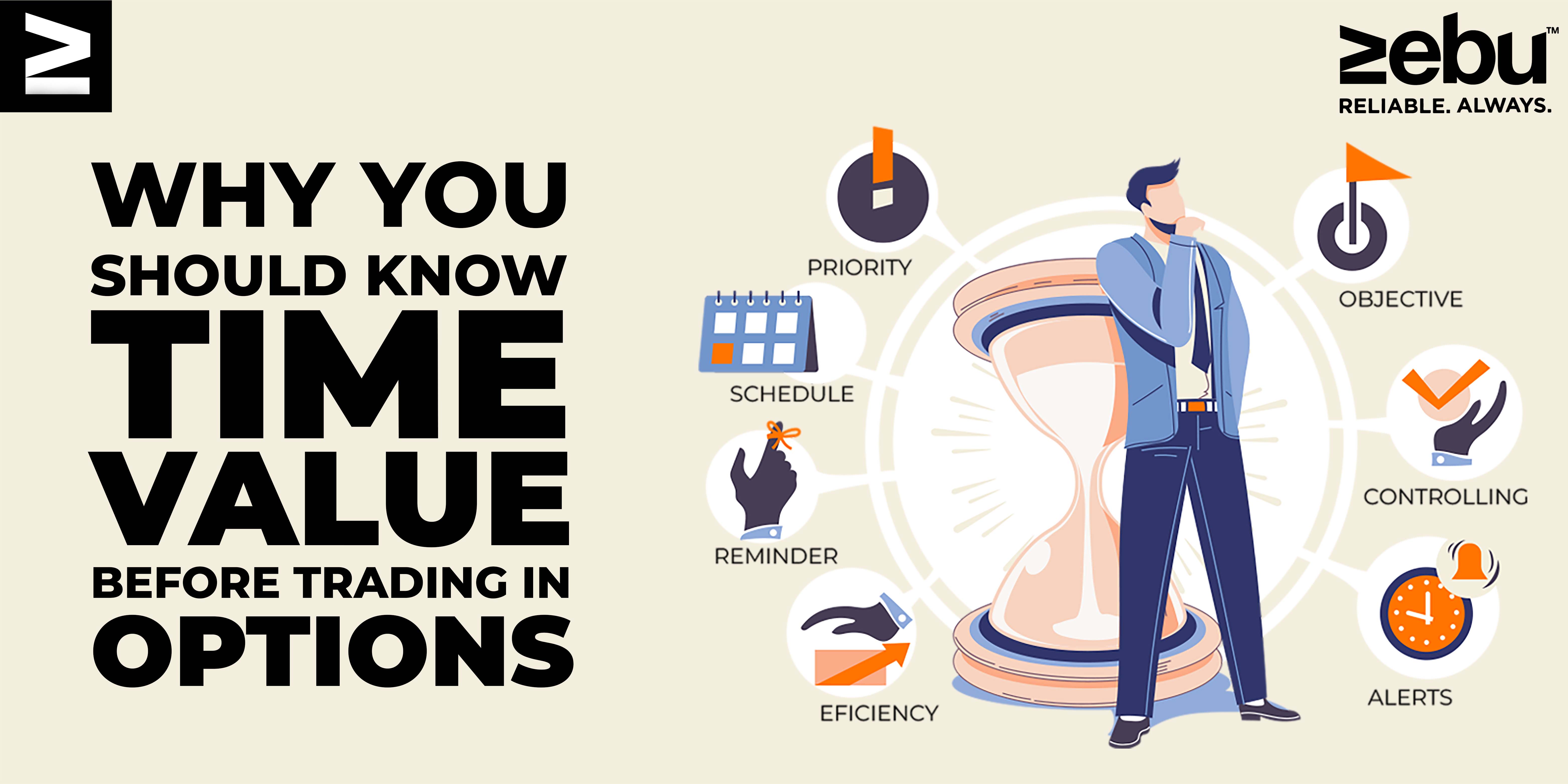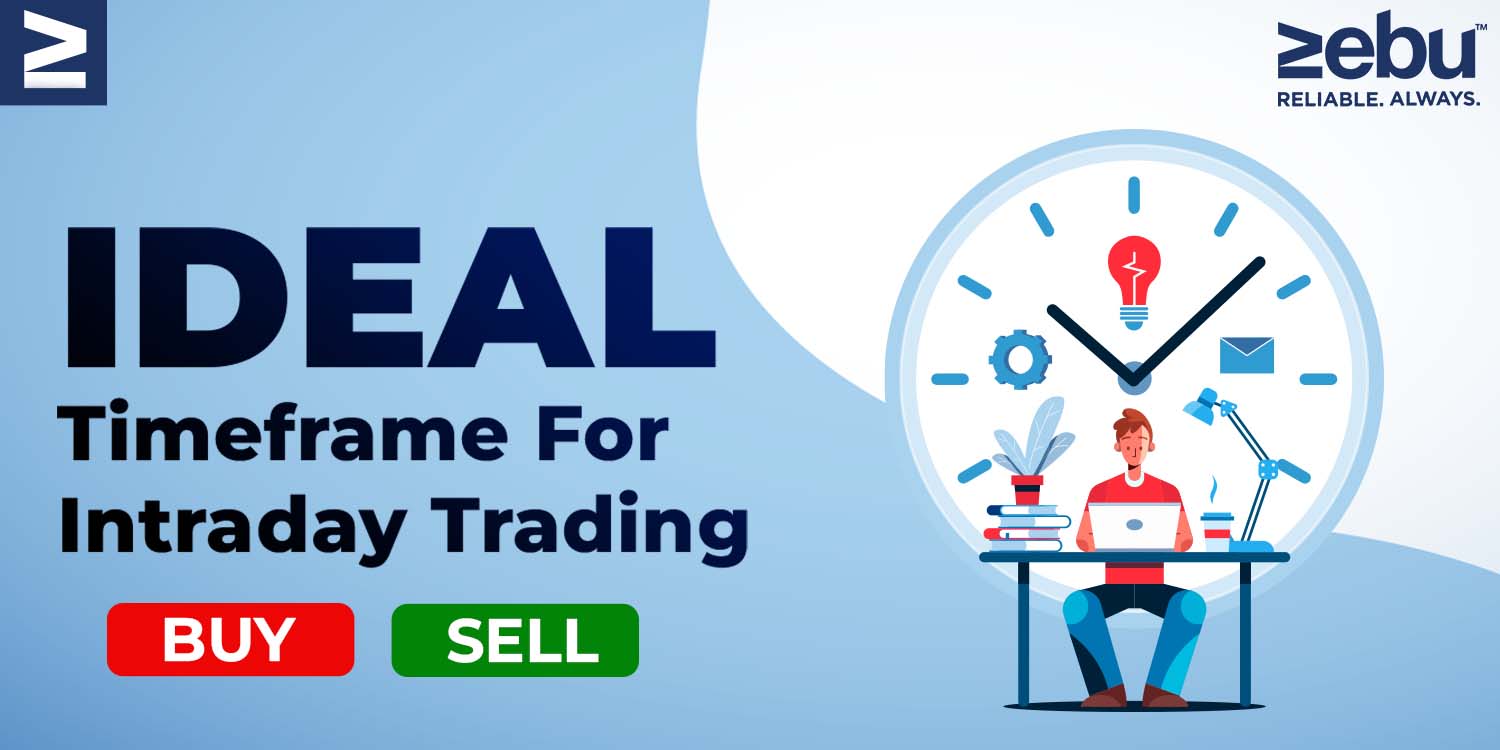
Did you know that sometimes on the stock market, fake breakouts can happen? But what are breakouts? How can you tell if a breakout is real or not?
Assume that there is a resistance for the market at 18,000. When the price reaches there, sellers might come in and try to push the price down. However, if the price manages to move above 18,000, then it is called a breakout.
Similarly, you could say that there is some support. When the price gets to the support level, everyone buys. When the price hits this level twice in a row, it means something. When there is a third strike and the price goes through the support level line, this is called a breakdown. Simply put, breakouts and breakdowns are a rise and a fall.
First, let’s talk about what “breakout” means. What price action will help you the most if there is a breakout? For our breakout to happen, a bullish engulfing pattern must form. Now, the price breakout should be supported by the volume breakout, which means that when the price breakout happens, there should be a lot of volume. This can be seen when the volume bars at the bottom of the chart break over the black line that shows the volume line. The first thing is that a bullish engulfing candle pattern forms, and this is the second thing.
The third and most subtle trait is called consolidation. Think about how the market always forms bullish candlestick patterns right before a breakout during intraday trading on a 15-minute time frame. Many people think the upward trend is reliable, but they will learn over time that after the candle breaks out, smaller green candles, a doge, and finally a huge giant red candle are seen, and smaller red candles start moving sideways. As a result, a lot of people lose. Then, how can we stop this?
Consolidation. When a breakout happens, it should follow a significant pattern, like three or four contact points. This tells us that the breakout is real, and the breakout of the candle and the volume should back this up. If there has been no consolidation and there is a straight breakout, there is a higher chance that the trade will fail. We should enter those breakout trades when there is a strong consolidation.
The fourth quality is that it’s been tested more than once. It’s important to test the level of resistance more than once. Let’s say that over the course of 15 minutes, you can see a lot of consolidations against the resistance level, that the resistance line has been reached before and really broken through the day before. It will be less likely that the stock will break through resistance.
When we talk about breakdown, it’s for the same reason that bearish engulfing candle patterns, the volume breakout, consolidation, and several tests all work. Once all of these checklists are met, then you can go ahead and take your trade. As always, follow a strict stoploss.
Breakout trading is a simple price action strategy that can work wonders if you know how to prevent false breakouts. To open a trading account with Zebu and start trading breakout strategies today, please get in touch with us.




